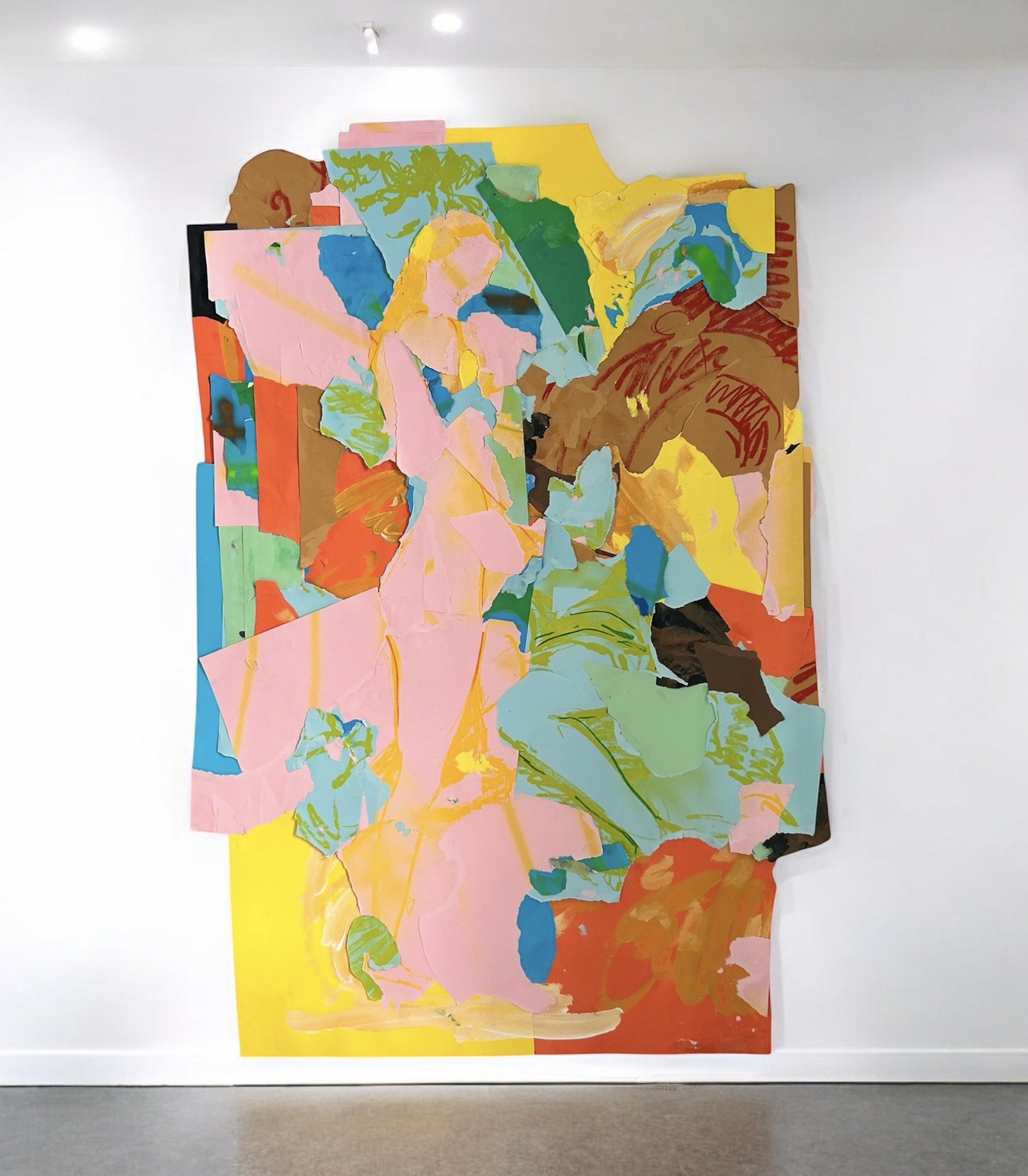Navigating Life as an Artist: Creating in a World That Doesn’t Always See You
Navigating life as an artist isn’t a linear path—it’s a winding, unpaved road, often built from scratch by the very people walking it. While some artists grow up immersed in creative abundance—surrounded by museums, workshops, art schools, and well-funded programs—others come from places where art is scarce, misunderstood, or outright dismissed. For many, the journey into art begins not with a canvas and encouragement but with resistance, confusion, or silence.
We come from different cities, different cultures, different economic realities. Some of us are raised in communities where art is celebrated, invested in, and embedded into public life. Others are raised in neighborhoods where creativity is seen as a hobby, not a calling—where a career in the arts is treated like a luxury, a detour, or a fantasy. And yet, despite all this, we make it.
The truth is, being an artist in a world that doesn’t always value art—or doesn’t recognize your art—requires an almost unreasonable amount of persistence. It requires self-belief even when institutions tell you you’re not “trained enough,” when grant applications ask for credentials you never had access to, when the galleries say “not right now,” when your own community doesn’t quite understand what it is you’re trying to do.
And still, we make it.
We create because art has a way of finding us. Not always through a classroom or a museum visit, but through music we hear in our kitchens, colors on the corner store walls, stories passed down through family, and the urgent need to express ourselves in spaces that never invited our voices. For many artists, creating isn’t optional—it’s how we survive. It’s how we claim space. It’s how we remember we exist.
There are artists working in cities with vibrant art economies, and there are artists working in towns with no galleries at all. Some have found community through institutions, others through makeshift collectives and kitchen table studios. Some sell prints on sidewalks. Some barter their work for groceries. Some are pushing past generational pressure to choose a “real job.” And all of them are navigating a world where creative labor is both craved and consistently undervalued.
Art programs continue to disappear from schools. Public funding for the arts is often first on the chopping block. Grants are highly competitive, and access to networks can feel locked behind gates of privilege, language, or geography. Many artists—especially those from historically excluded communities—spend as much time navigating systems of access as they do making work.
And yet, this is the same environment that births some of the most innovative, urgent, and necessary creative voices. Artists are resourceful. We adapt. We build alternative platforms. We learn how to self-publish, self-produce, self-curate. We turn backyards into performance spaces and living rooms into galleries. We collaborate. We remix. We imagine what doesn’t yet exist.
That unpredictability—while exhausting at times—is also what makes this life so powerful. Creating in a world that doesn’t always make room for us forces us to take ownership of our own space. The chaos, the hustle, the instability—all of the things that make this path difficult—are also the things that make it euphoric. There’s something deeply satisfying about making something where nothing existed before. About offering beauty, truth, or discomfort in a way only you can.
We live in a world of consumerism and wealth-building monetization. You either have people buying art as an asset, or artists needing to sell their work just to continue creating. And while selling art can absolutely be a lifeline—financially and emotionally—it’s also become entangled with how success is measured. Yes, we need sales to keep going. Sales offer a burst of joy, a glimmer of validation, a reminder that someone sees what we’ve made. But we hope artists never lose sight of the innocence that first introduced them to their love of art. In modern times, it seems like no one is allowed to have a hobby anymore—everything has to be monetized, scaled, branded. Never lose sight of creating art because you just absolutely love it. We understand that for many, selling is necessary to survive. But don’t allow the world’s commercialization and consumerism distract you from why you love making art in the first place. Keep that passion as your compass.
To be an artist is to resist invisibility. To document what others overlook. To translate emotion into something people can feel, see, hear, and hold. And even when it feels like no one is watching, no one is listening, no one is buying—we still show up. We still create.
Because we need it.
We need it as a way to make sense of the world. As a way to process grief, memory, joy, and longing. As a way to speak when language fails. And whether the world celebrates us or not, we know deep down: our work matters. Our stories matter.
So whether you’re in a city where galleries line the streets, or in a rural town where the word “artist” barely gets spoken—keep making. Whether you’ve had years of training or none at all—keep creating. Whether you’ve been told you’re too much, too niche, too experimental, too raw—keep going.
Because the world doesn’t just need more art—it needs more artists. More perspectives. More challenge. More celebration. More of the truths that only artists are willing to chase down and bring to light.
We yearn for it. We consume it. We breathe it. We create it.
And the world needs us—even when it doesn’t know it yet.
ENJOYED THIS ARTICLE?
We’re fully funded by donations and memberships — your support helps us keep going.
Pledge your support today — it’s greatly appreciated!
INTERESTED IN ADVERTISING WITH US?
Get in touch to learn more.





